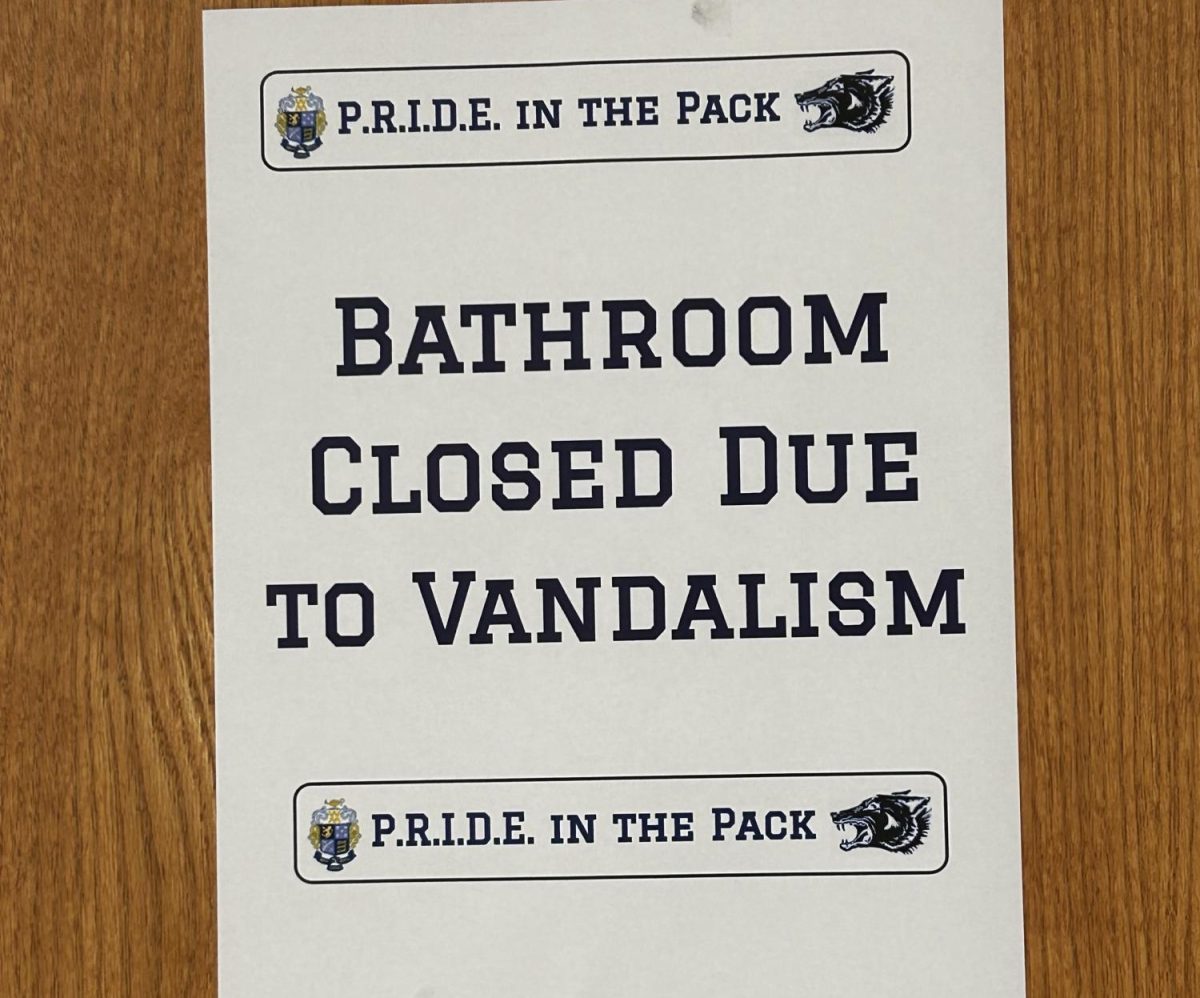Starting Off the Decade Right: 2020 Census
What seems like an irrelevant count of state populations every decade actually has dire consequences if not accurate. With April 1, National Census Day, fast approaching, New Jersey’s one shot this decade to secure a sufficient amount of federal funds is on the line.
The census, which is mandated by the Constitution, provides the basis for the number of congressional seats each state gets and the distribution of federal funds to the states, which impacts housing, education, employment, and health care. States with higher populations receive more congressional seats and federal funds.
New Jersey faces the risk of being undercounted. Hard-to-count individuals, according to Census Hard-to-Count Map, include children under 5, recent immigrants, people of color, renters, and low-income houses or households with poor internet access (which poses a problem, because for the first time in census history, most data collection will take place online, according to The Washington Post). Hard-to-count tracts are geographic areas in which fewer than 73 percent of people answered the census- according to NJ Spotlight. These hard-to-count areas were in all NJ counties except Hunterdon, Sussex, and Warren.

According to New Jersey Business and Industry Association, 22 percent of New Jerseyans, or 1.9 million people, live in hard-to-count areas, and almost 15 percent of New Jersey households have no internet access. Thus, New Jersey could miss out on federal funds and seats in the House of Representatives.
New Jersey residents haven’t been quiet about this issue. According to NJ Spotlight, 40 organizations wrote a letter to Gov. Phil Murphy last February imploring him to set aside $9 million to ensure an accurate count in the 2020 census. Murphy also signed into law the Complete Count Commission, a panel of members who will develop and implement an outreach program.
The letter the organizations wrote to Gov. Murphy reads “Although the Census seems abstract, data collected from the Census influences almost all federal formula funding grants and policy decisions. Even a slight undercount could lead to decreased federal funding, not just in FY2021 but for a full decade to follow. New Jersey is routinely at the bottom of the list of states in collecting federal spending, a figure that will not improve without an accurate Census count. New Jersey cannot afford an undercount in 2020.”
NJ Spotlight says that the census bureau missed counting 31,000 New Jersey residents in 2010. Unwilling to be undercounted again, the NJ government allocated $500,00 in 2019 to the Complete Count Commission to ensure data accuracy, and many organizations are still pushing for that $9 million. The $9 million budget for census outreach could, according to the organizations who wrote the letter to Gov. Murphy, pay for “communications efforts in multiple media and languages, public forums and multiple in-person discussions, and local ‘get out the count’ campaigns in hard-to-count communities.”

It’s clear that a lot is on the line; “Almost every federal program supporting children and families depends on Census data, including health insurance through Medicare or Medicaid, Title I and special education funding for schools, Head Start, food stamps, school meals, highway construction and housing vouchers or loans,” says Cecilia Zalkind, president and CEO of Advocates for Children of New Jersey.
Without sufficient federal funding, New Jersey’s condition could decline.
Click here for a interactive map of the hard-to-count areas of NJ.

Analise is a senior at West Morris Central high school. During her junior year, she was a world news editor for The Paw. She has a passion for educating...

































